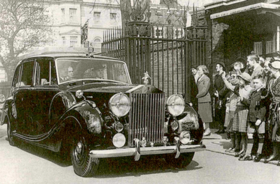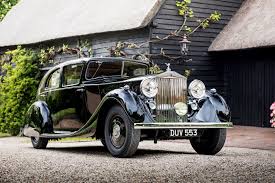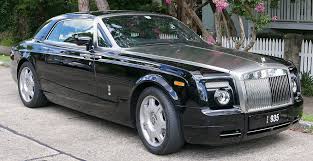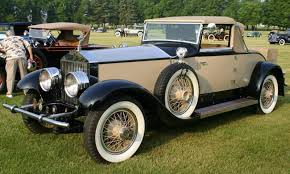HISTORY OF ROLLS ROYCE
.jpg)
Rolls-Royce was a British luxury car and later an aero engine manufacturing business. It was established in 1904 by the partnership of Charles Rolls and Henry Royce. Joint development of jet engines began in 1940 and they entered production.

Rolls-Royce has built an enduring reputation for development and manufacturing of engines for defence and civil aircrafts.
In the late 1960s Rolls-Royce became hopelessly crippled by mismanagement of development of its advanced RB211 jet engine and
the consequent cost over-runs.
In 1971 the owners were obliged to liquidate their business.
Rolls-Royce obtained consent to drop 1971 from its name in 1977.
.jpg)
The Rolls-Royce business remained nationalised until 1987 when, the renaming the owner Rolls-Royce plc, the government sold it to the public. Rolls-Royce plc still owns and operates Rolls-Royce's principal business though since 2003 it is technically a subsidiary of listed holding company Rolls-Royce Holdings plc. A marketing survey in 1987 showed that only Coca-Cola was a more widely known brand than Rolls-Royce.

Ownership and licensing of trademarks
In 1998, Vickers decided to sell Rolls-Royce Motors. The most likely buyer was BMW, which already supplied engines and other components to Rolls-Royce and Bentley cars, but BMW's final offer of £340 million was beaten by Volkswagen's £430 million. A stipulation in the ownership documents of Rolls-Royce dictated that Rolls-Royce plc, the aero-engine maker, would retain certain essential trademarks, including the Rolls-Royce name and logo if the automotive division was sold.

BMW's contract to supply engines and components to Rolls-Royce Motors allowed BMW to cancel the contract with 12 months' notice. Volkswagen would be unable to re-engineer the Rolls-Royce and Bentley vehicles to use other engines within that time frame. With the Rolls-Royce brand identification marks split between the two companies and Volkswagen's engine supply in jeopardy, the two companies entered into negotiations.

Volkswagen agreed to sell BMW the Spirit of Ecstasy and grill shape trademarks and BMW agreed to continue supplying engines and components until 2003. Volkswagen continued to produce Rolls-Royce branded vehicles between 1998 and 2003. This gave BMW time to build a new Rolls-Royce administrative headquarters and production facility on the Goodwood Estate near Chichester, West Sussex. They also developed the Phantom, the first Rolls-Royce from the new company.